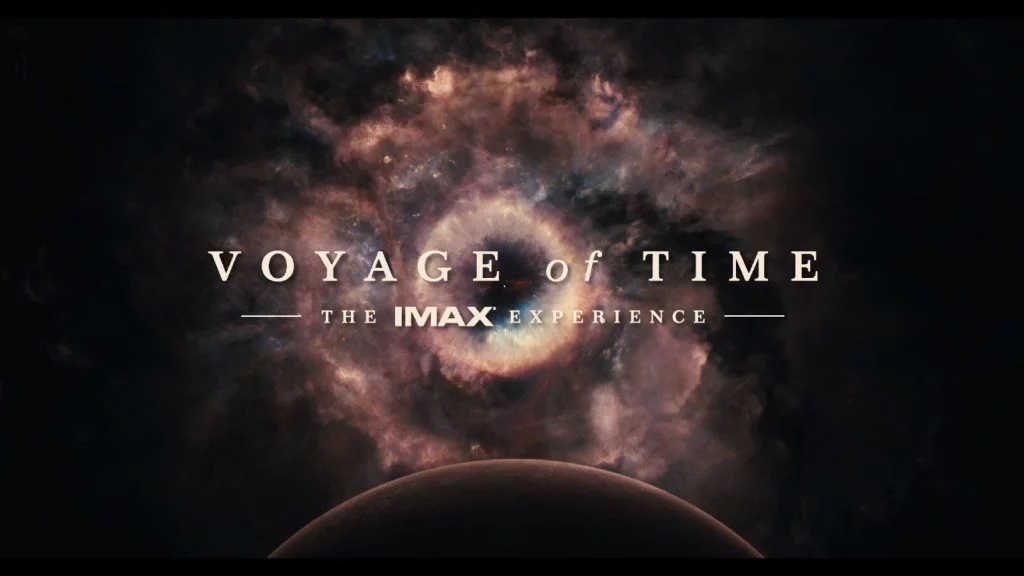“The most beautiful thing we can experience is the mysterious. It is the source of all true art and science. He to whom the emotion is a stranger, who can no longer pause to wonder and stand wrapped in awe, is as good as dead – his eyes are closed.”
To say that ‘Voyage of Time’ was labor of love for Terrence Malick may be an understatement. It’s a film that has taken 40 long years to get to the big screen and from the trailer alone, it has shown to be worth the wait.
‘Voyage of Time’ is described as a documentary but is much more. With the world now looking at the uncharted terrain of the stars as a goal, this film manages to give us humans who are stuck on this spinning ball of rock a new way to appreciate the universe. From microphotography to supercomputer-generated visualizations, Malick and a team of close-knit creative collaborators began to experiment at the boundaries of both practical special effects and state-of-the-art visual effects to achieve their goal of taking the audiences into into the heart of monumental events never witnessed – from the birth of the stars and galaxies to the explosion of diverse lifeforms on planet earth, including humankind and the result is nothing short of amazing.
While the visuals may be the first to catch your attention, it is the work of Andrew Knoll, Fisher Professor of Natural History at Harvard University, a NASA consultant and author (Life on a Young Planet: The First Three Billion Years of Evolution on Earth; and Biology: How Life Works), who ensured the film was founded on a solid accurate base of science:
“My job was simply to make sure that Terry got the science right. What you see on the screen is all Terry’s creative genius, but he would send me treatments and I’d comment on them very specifically, and we talked over a lot of ideas. There are things we don’t know about the early earth and there are many things we know very well. I’m not aware of anything in the final movies that are out-of-sequence or stray far from the moorings of what scientists understand at this point. There are some uncertainties of timing that are debated – did the first cells evolve 4 billion years ago or 3.5 billion years ago? But in the context of the film those questions don’t really matter because the film takes you into the process of life evolving.”
Narrated by Brad Pitt, the 45-minute ‘Voyage of Time: The IMAX Experience’ is currently playing on IMAX screens but if you don’t have an IMAX theater near you, a 90-minute version narrated by Cate Blanchard will be released in standard theaters sometime next year.

